AI Home Robots & Personal Assistants — From Security to Daily Chores
1. Introduction: What are AI Home Robots and Personal Assistants
In recent years, artificial intelligence (AI) has moved from labs and sci-fi into everyday life. Among the most visible advances are home robots and personal assistants. These are machines or systems equipped with AI to help humans with household tasks, security, companionship, health care, and more. They may be physical robots (mobile, humanoid, or specialized) or virtual assistants (voice‐activated, app‐based) often integrated into IoT.
The vision: a support system in one’s home that anticipates, assists, and frees up human time and labor, while ensuring safety, comfort, and personalized services.
As of 2025, many prototypes and commercial products exist. Some are sophisticated (e.g. robots that patrol, observe, recognize faces or voices), others simple (robot vacuums). But the field is evolving fast.
2. Key Technologies Underpinning AI Home Robots & Personal Assistants
To understand what’s possible, it helps to see the building blocks.
| Technology | What it does | Importance in home robots / assistants |
|---|---|---|
| Computer Vision & Sensors | Cameras, LiDAR, depth sensors, ultrasonic, IR, tactile sensors, etc., to perceive surroundings. | Enables navigation, obstacle detection, recognizing people, distinguishing pets vs humans, distinguishing items. |
| Natural Language Processing (NLP) | Speech recognition, language understanding, dialog systems. | For voice control, conversational agents, giving instructions in natural language. |
| Machine Learning and Deep Learning | Model training: perception, prediction, adaptation from data. | Allows robots to improve over time, adapt to the specific layout of home, user preferences. |
| Autonomous Navigation & Mapping | SLAM (Simultaneous Localization and Mapping), path planning, obstacle avoidance. | Robots need to move around safely in cluttered, dynamic home environments. |
| Robotic Manipulators / Dexterity | Arms, grippers, fine motor control. | For tasks like picking up objects, folding clothes, pouring, cooking etc. These are still hard. |
| Edge vs Cloud Processing | On-device (edge) computation vs offloading to cloud. | Impacts latency, privacy, reliability. On-device helps with privacy and responsiveness. |
| Connectivity & Integration | Wi-Fi, Bluetooth, Zigbee, smart home platforms, APIs. | Integration with other smart devices (thermostats, cameras, locks) allows more holistic automation. |
| Safety, Reliability & Fault Tolerance | Redundant sensors, safe collision detection, predictable behavior. | Crucial for avoiding accidents, ensuring user trust. |
3. Types and Use-Cases
Home robots & assistants can come in many shapes, each optimized for certain use-cases:
- Cleaning Robots — vacuums (robot vacuum cleaners), mops, window washers.
- Lawn & Garden Robots — mowing lawns, managing outdoor spaces.
- Virtual Personal Assistants — voice-activated systems (Alexa, Google Assistant, Siri), scheduling, reminders.
- Security Robots / Surveillance Bots — patrol, detect intruders, alert homeowners.
- Companion / Social Robots — for companionship (kids, elderly), social interaction, emotional engagement.
- Health & Care Robots — reminding meds, assisting mobility, monitoring vital signs, helping in elderly care.
- Kitchen / Cooking Assistants (still early stages) — preparing, cooking, managing inventory.
- Multipurpose / General Service Robots — combining several tasks (e.g. carrying items, fetching things, helping with chores).
4. Daily Chores: How Robots Help Around the House
One of the most immediate and visible benefits of AI home robots is managing chores. Below are the major domains and some examples.
4.1 Cleaning: Floors, Windows, Surfaces
- Robot vacuums like Roomba, Trifo Lucy, Eufy etc., map rooms, detect obstacles, avoid stairs.
- Window‐cleaning robots that adhere to glass and clean automatically.
- Robots that mop; in some cases, devices that sweep and polish floors.
These reduce manual labor, save time.
4.2 Laundry, Dishwashing & Garment Care
- Some projects aim at robotic folding machines (e.g. FoldiMate).
- Dishwashing is usually handled by standard dishwashers; robots are less involved yet.
- Ironing, folding, sorting tasks are harder due to variability of materials and complex motions.
4.3 Kitchens & Cooking
- Smart kitchen devices that recommend recipes based on whatever ingredients are in your fridge.
- Some robots can help with chopping, stirring, or simpler tasks—but fully autonomous cooking robots are still mostly experimental.
4.4 Organization, Tidying, Fetching Objects
- Robots to pick up toys, place objects back in place, retrieve items.
- Virtual assistants helping with reminders (“don’t forget to take laundry out”) or scheduling chores.
4.5 Outdoor Tasks
- Lawn mowing robots.
- Pool cleaning robots.
- Garden maintenance robots (weed removal, watering, etc.).
4.6 Routine Assistance & Automation
- Setting thermostats, turning lights on/off, managing appliances automatically.
- Voice-activated control of devices, timers, reminders.
- Automating recurring tasks such as grocery orders or restocking consumables.
5. Security and Surveillance: Robots as Guardians
AI home robots & assistants increasingly stretch into security. Some key features:
- Intruder detection: using motion sensors, cameras, perhaps recognizing unknown faces.
- Patrolling: some robots roam the house or yard, especially when occupants are away. Example: Amazon’s Astro integrates with Ring for home security. WIRED+1
- Alerts and remote monitoring: being able to check live video feed, receive notifications, lock/unlock doors.
- Environmental hazard detection: smoke, fire, gas leaks, water leaks, etc.
- Privacy safeguards: ensuring that surveillance is not abused; e.g. data encryption, local storage, clear user control.
Security is one of the leading motivators for households to invest in such systems. But as you’ll see later, it also introduces risks.
6. Health, Elderly Care, and Companionship
Beyond chores and security, AI robots are increasingly used for health support, care for elderly or disabled people, and companionship.
6.1 Elderly Assistance
- Reminders to take medication.
- Help with mobility (assistive robots, exoskeletons).
- Monitoring (falls, vital signs, detecting unusual behavior).
- Assistance with grooming or hygiene in some advanced systems. rojournals.org
6.2 Companionship
- Social robots: designed to interact, converse, respond to emotions. Example: robots for child development, emotional support. Aquartia Blog+2PROVEN Robotics+2
- Therapy robots: e.g. robotic pets (seal, etc.) used in dementia care.
6.3 Mental and Emotional Health
- Robots or assistants that detect mood (via voice, expression) and respond – play music, suggest breathing exercises.
- Reducing loneliness, especially for people living alone or with limited mobility.
7. Integration with Smart Home & IoT
AI home robots/assistants rarely work alone. Their effectiveness skyrockets when integrated with smart home systems.
- Connection with smart thermostats, lighting systems, locks, cameras.
- Automation routines: e.g. when robot detects no one is home, it turns off lights, sets the alarm, lowers temperature.
- Voice assistants (Alexa, Google Assistant, Siri) often serve as hubs.
- Data sharing among devices: e.g. robot vacuum knows when doors are locked, or when children arrive home.
Integration offers synergy: more convenience, energy savings, and better use of sensors and data.
8. Benefits: Convenience, Efficiency, and Beyond
Here are the major benefits:
- Time Savings
Automating routine chores frees up hours weekly. Experts predict up to ~39% of time spent on domestic chores might be automated in a decade. The Guardian+1 - Productivity & Focus
Less time doing mundane tasks ⇒ more time for work, creative pursuits, family, rest. - Safety & Security
Early detection of hazards, 24/7 surveillance possibilities, alerts for emergencies. - Quality of Life Improvements
Especially for elderly or disabled persons: more independence, reduced risk, better care. - Energy and Resource Efficiency
Smart thermostats, efficient cleaning robots, optimal scheduling: less wasted energy. Smart behavior of devices can reduce electricity, heating, cooling waste. - Personalization
Robots learn household layouts, preferences, schedules; adapt to how you live. - Companionship / Emotional Support
For many, this is not negligible: having a responsive companion robot or assistant can help with mood, routine, mental well-being.
9. Privacy, Safety, Ethical & Security Risks
As with any technology that interacts closely with our private lives, there are substantial risks and concerns.
9.1 Data Privacy & Collection
- Many robots have cameras, microphones, sensors collecting audio, video, movement, sometimes biometric data (faces, voices).
- Where is this data stored? Locally or in cloud? Who has access? What are the policies?
- Potential for misuse: hacking, surveillance by bad actors.
9.2 Security Vulnerabilities
- Attack surfaces: network connections, voice interfaces, third-party integrations.
- Risks of malware or unauthorized remote access.
- Voice assistants have shown vulnerabilities (“voice squatting”, “voice masquerading”) that allow malicious actors to hijack commands. arXiv
9.3 Physical Safety & Reliability
- Robots moving in homes can bump into people, pets, fall down stairs, spill things.
- Malfunctioning robots could cause damage, accidents.
- Systems need robust safety engineering: collision detection, limited force, emergency stop, etc.
9.4 Ethical and Psychological Issues
- Dependency: over-reliance on robots could reduce human capability or self-sufficiency.
- Emotional manipulation: especially with social robots, emotional bonds may lead to manipulative design or misuse.
- Privacy vs companionship trade-offs.
9.5 Accountability, Legal, and Regulatory Aspects
- If a robot causes harm, who is responsible? Manufacturer? Owner? Software provider?
- Regulations around use of cameras, facial recognition, voice recording vary by country.
- Ethical guidelines needed for design and deployment.
10. Challenges: Technical, Social & Economic
While promise is huge, several challenges slow progress.
10.1 Technical Complexity
- Tasks that seem simple for humans (folding clothes, cooking, picking up irregular objects) are very hard to automate reliably. Variability is high. BBC+1
- Battery life, power, charging cycles.
- Navigation in messy, dynamic, unpredictable home environments (pets, children, furniture changes) is difficult.
10.2 Cost
- High-end home robots with many features remain expensive. Many households cannot afford them. Any Times Journal
- Maintenance, repairs, software updates add to total cost.
10.3 Social Acceptance & User Trust
- People may feel uneasy having devices “watching” them.
- Cultural attitudes differ: what is acceptable privacy intrusion in one region may not in another.
- Trust is built slowly; even small mishaps can undermine confidence.
10.4 Interoperability & Ecosystems
- Many products are siloed; lack of standards means devices may not work together.
- Proprietary platforms vs open ecosystems debate.
10.5 Ethical, Legal, and Regulatory Hurdles
- Laws lag behind technology; regulation for facial recognition, surveillance, data protection are uneven.
- Ethical guidelines for robot behavior, data usage are still developing.
11. Adoption & Market Trends
Understanding the uptake, current market, and how this may evolve.
- According to “How Household Robots Improve Convenience, Efficiency, and Security,” the household robot market is projected to reach ~US$24.66 billion by 2029, with a compound annual growth rate (CAGR) of ~21%. Robotics Unleashed
- Experts predict that by ~2033, nearly 39% of domestic tasks could be automated. The Guardian+1
- Growing demand especially in regions with aging populations; labor costs rising make automation more attractive.
- Virtual assistants (voice, app) are already widespread; physical robots less so but slowly increasing.
- Users show high satisfaction, but privacy remains a concern. Robotics Unleashed+1
12. Future Directions: What to Expect Over the Next Decade
What’s on the horizon? How will AI robots & assistants evolve?
- Improved Dexterity & Manipulation: better robotic arms, more delicate handling.
- More General-Purpose Robots: moving from single-task bots to versatile helpers.
- Stronger On-Device / Edge AI: to reduce latency, enhance privacy.
- More Natural Interaction: voice, gestures, recognizing context and emotions.
- Better Energy Efficiency and Charging Solutions: wireless charging, longer battery life.
- Standardization & Interoperability: more open APIs and unified protocols.
- Regulation & Ethical Frameworks: stricter privacy laws, guidelines, safety certifications.
- Affordability & Access: as tech matures, costs drop, making them accessible to more households globally.
13. Advice for Buyers / Households Considering These Systems
If you’re thinking of introducing AI robots / assistants in your home, here are practical tips:
- Define the tasks you need: cleaning? security? companionship? Don’t buy something with features you won’t use.
- Prioritize safety and privacy: check how data is collected, stored, shared; whether there are local processing options; whether firmware/software is updated regularly.
- Evaluate reliability: reviews, uptime, how well the robot handles unpredictable household conditions.
- Think about integration: does this device work with your existing smart home / IoT ecosystem?
- Consider total cost: purchase price + maintenance + updates + possibly subscription services.
- Check regulatory and legal context in your area: especially around video/audio surveillance, face recognition.
- Look for local technical support: repairs and support availability matters.
14. Conclusion
AI home robots and personal assistants represent one of the most transformative shifts in how we live daily lives. From security to daily chores, from companionship to health support, these technologies are increasingly capable, intelligent, and relevant. That said, there are real trade-offs: privacy, safety, cost, and social acceptance are non-trivial issues that must be managed carefully.
The future looks promising. Over the next 5-10 years, we can expect these systems to become more integrated, more capable, and more affordable. For households willing to adopt them thoughtfully—with attention to safety, privacy, and suitability—they offer an opportunity to reclaim time, enhance security, and improve overall well-being.
Share this content:
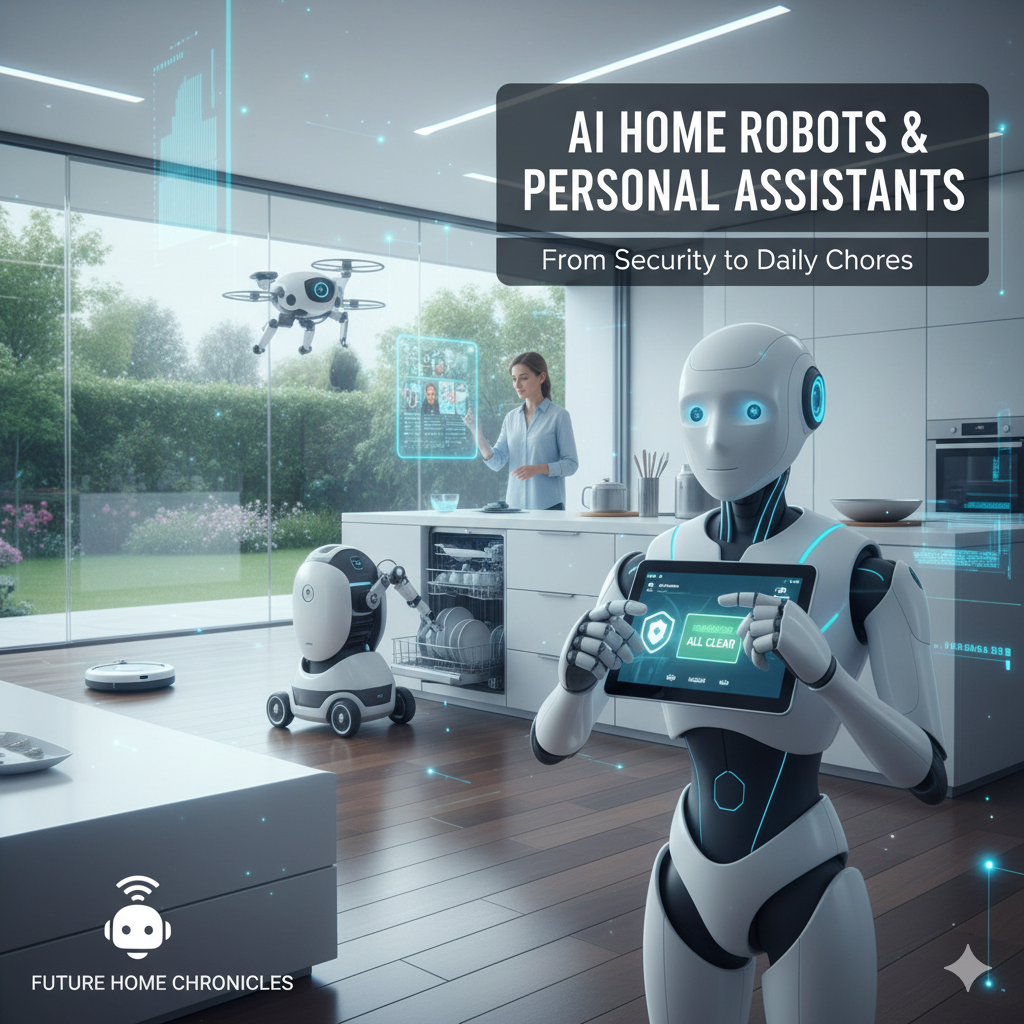
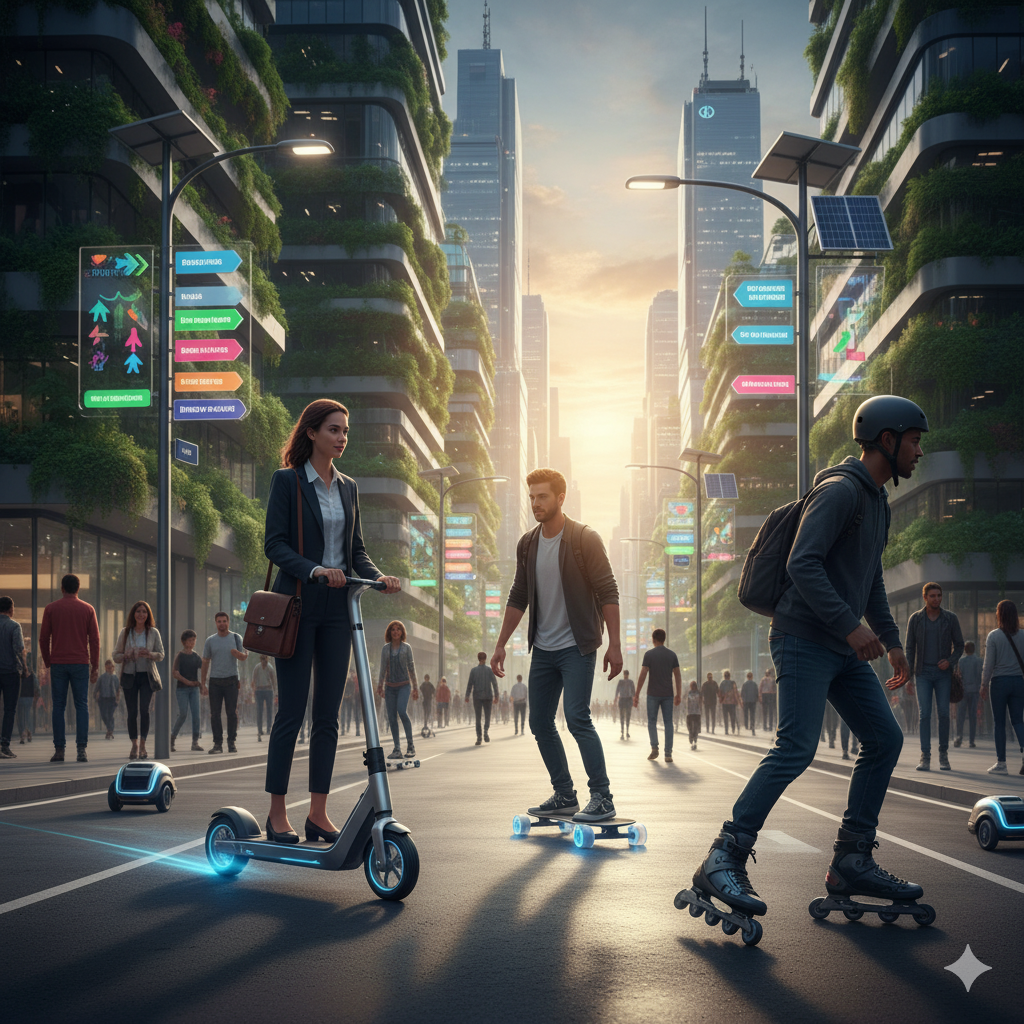
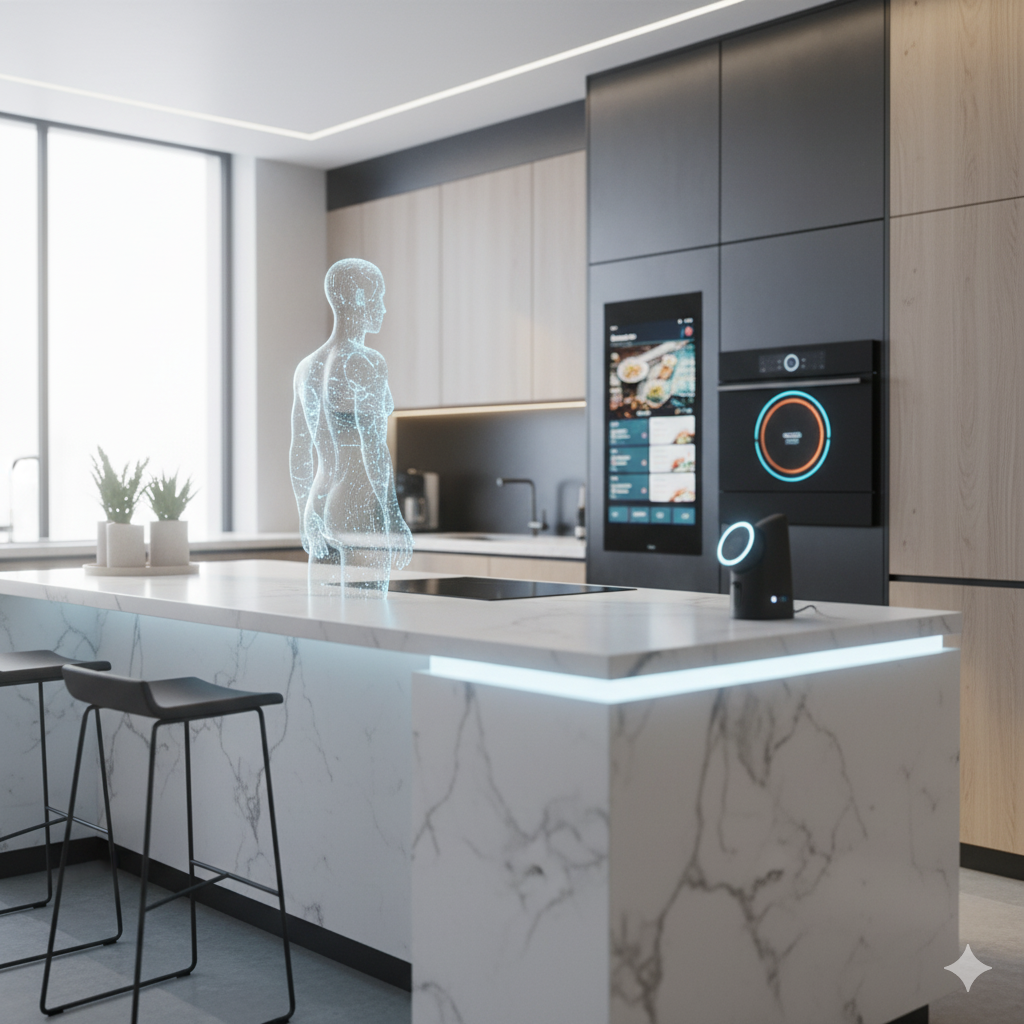
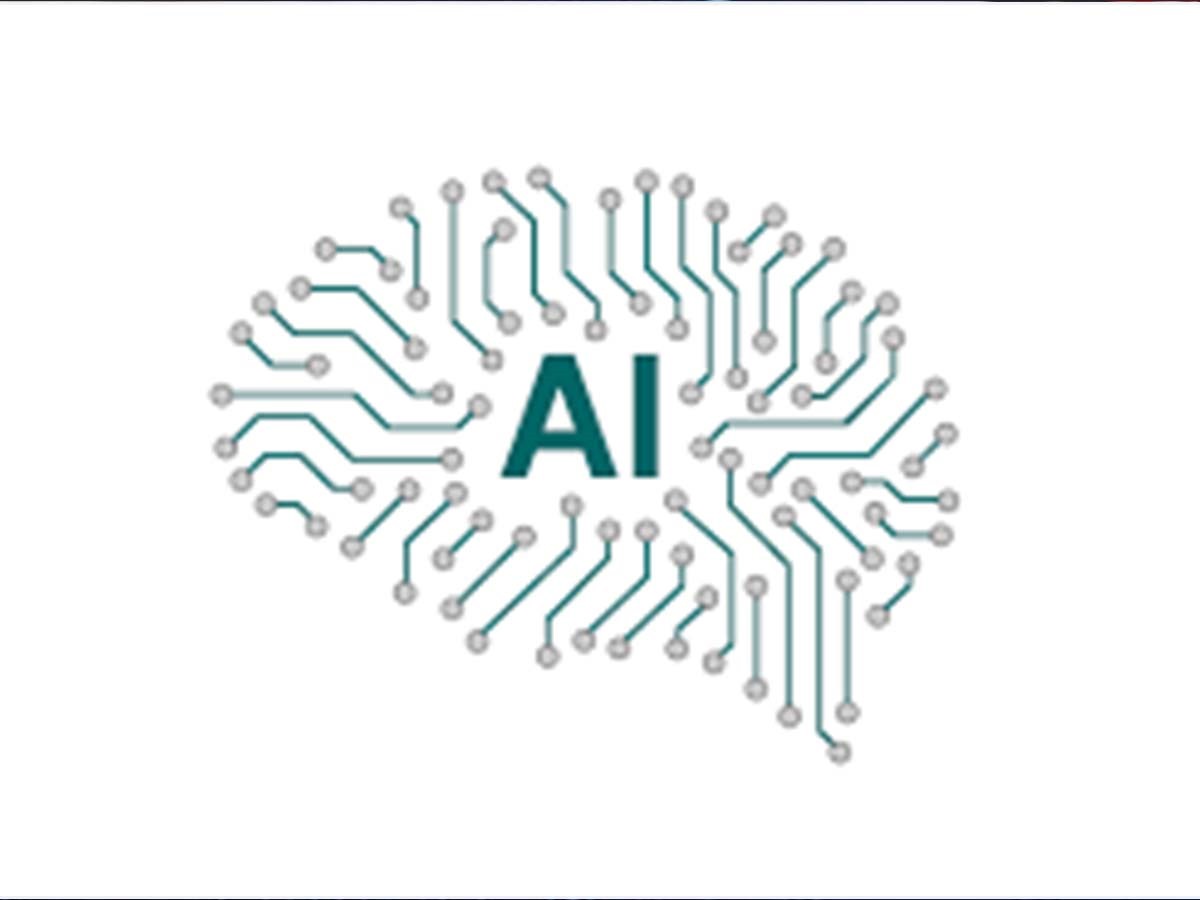
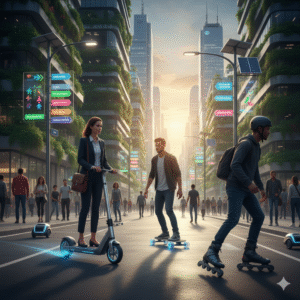
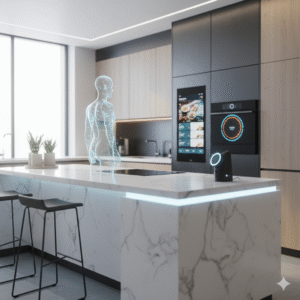


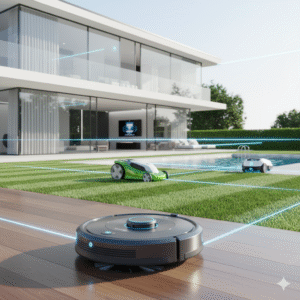
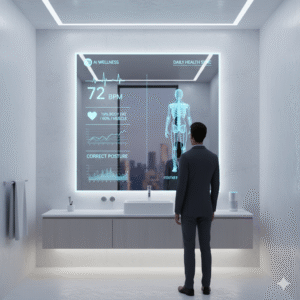


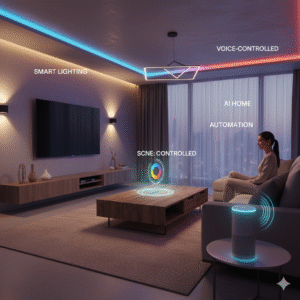
Post Comment